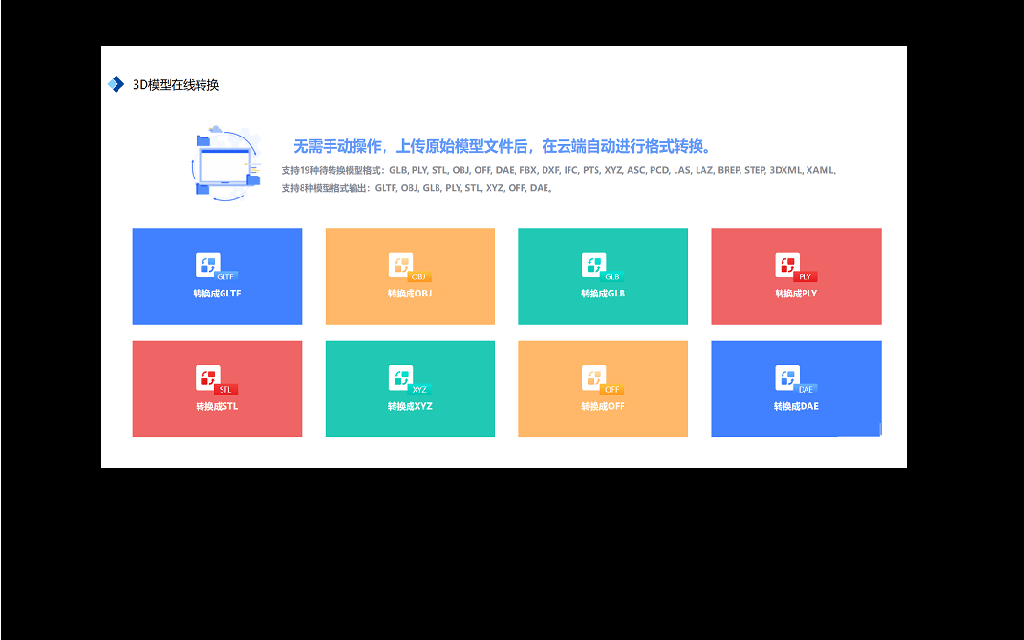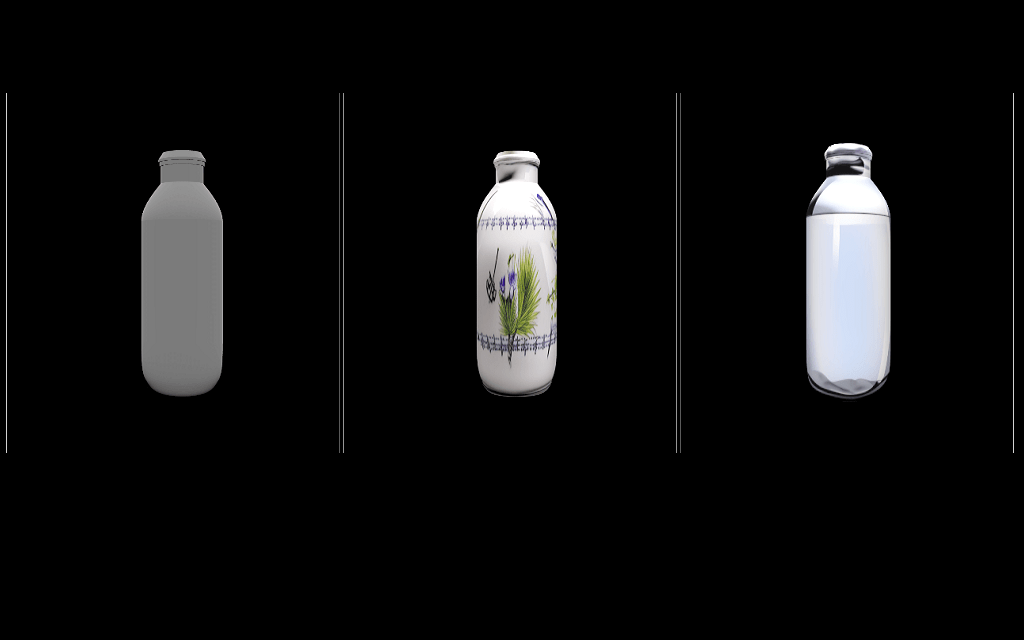Regression Model for Respiration Functioning Levels (ICF b440)
Description
A fine-tuned regression model that assigns a functioning level to Dutch sentences describing respiration functions. The model is based on a pre-trained Dutch medical language model (link to be added): a RoBERTa model, trained from scratch on clinical notes of the Amsterdam UMC. To detect sentences about respiration functions in clinical text in Dutch, use the icf-domains classification model.
Functioning levels
| Level | Meaning |
|---|---|
| 4 | No problem with respiration, and/or respiratory rate is normal (EWS: 9-20). |
| 3 | Shortness of breath in exercise (saturation ≥90), and/or respiratory rate is slightly increased (EWS: 21-30). |
| 2 | Shortness of breath in rest (saturation ≥90), and/or respiratory rate is fairly increased (EWS: 31-35). |
| 1 | Needs oxygen at rest or during exercise (saturation <90), and/or respiratory rate >35. |
| 0 | Mechanical ventilation is needed. |
The predictions generated by the model might sometimes be outside of the scale (e.g. 4.2); this is normal in a regression model.
Intended uses and limitations
- The model was fine-tuned (trained, validated and tested) on medical records from the Amsterdam UMC (the two academic medical centers of Amsterdam). It might perform differently on text from a different hospital or text from non-hospital sources (e.g. GP records).
- The model was fine-tuned with the Simple Transformers library. This library is based on Transformers but the model cannot be used directly with Transformers
pipelineand classes; doing so would generate incorrect outputs. For this reason, the API on this page is disabled.
How to use
To generate predictions with the model, use the Simple Transformers library:
from simpletransformers.classification import ClassificationModel
model = ClassificationModel(
'roberta',
'CLTL/icf-levels-adm',
use_cuda=False,
)
example = 'Nu sinds 5-6 dagen progressieve benauwdheidsklachten (bij korte stukken lopen al kortademig), terwijl dit eerder niet zo was.'
_, raw_outputs = model.predict([example])
predictions = np.squeeze(raw_outputs)
The prediction on the example is:
2.26
The raw outputs look like this:
[[2.26074648]]
Training data
- The training data consists of clinical notes from medical records (in Dutch) of the Amsterdam UMC. Due to privacy constraints, the data cannot be released.
- The annotation guidelines used for the project can be found here.
Training procedure
The default training parameters of Simple Transformers were used, including:
- Optimizer: AdamW
- Learning rate: 4e-5
- Num train epochs: 1
- Train batch size: 8
Evaluation results
The evaluation is done on a sentence-level (the classification unit) and on a note-level (the aggregated unit which is meaningful for the healthcare professionals).
| Sentence-level | Note-level | |
|---|---|---|
| mean absolute error | 0.48 | 0.37 |
| mean squared error | 0.55 | 0.34 |
| root mean squared error | 0.74 | 0.58 |
Authors and references
Authors
Jenia Kim, Piek Vossen
References
TBD


